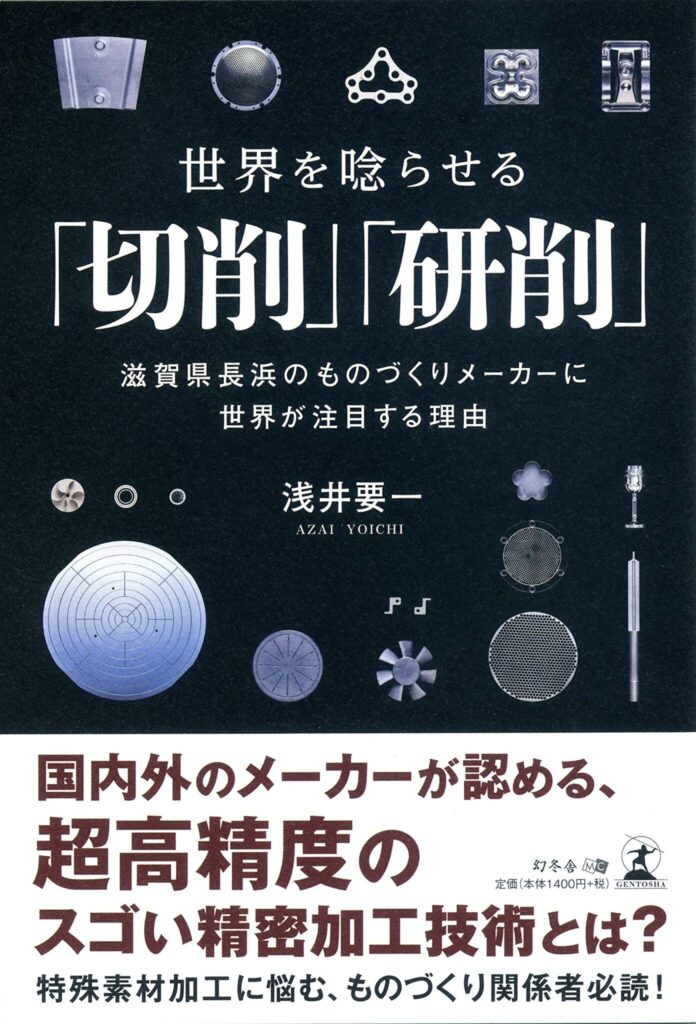“TOP Machining Technology” – Chapter 1
2022.04.21
Chapter 1
Smaller, Lighter, More Precise
Manufacturing around the world is in fierce technological competition.
“Is there a better material……?”
It was a day about six months after the collapse of Lehman Brothers. A developer of thermal spraying equipment, Plasma Giken Kogyo asked us for our help.
“We have a problem we can’t solve regarding the material and processing of the nozzle that injects the coating material. Can you help us?”
Thermal spray equipment is a device that sprays coating materials such as ceramics and metals onto the surface of base material to create a film. At the time of the consultation, the company was in the midst of 20 years of research and development of its own original thermal spray equipment.
There are several thermal spraying technologies, but the typical method is to heat the coating material and spray it in a molten or semi-molten state. Plasma Giken Kogyo also produces equipment based on this thermal spraying technology, but at the time they were developing a different type of equipment called a “cold spray” system.
A cold spray system is a system in which the coating material is placed in a solid state in gas and collides with the base material at supersonic speed to form a film. The particles of the coating material that collide with the substrate at high velocity are plastically deformed (maintain their shape in a collapsed state) to form a coating film. Unlike other thermal spraying technologies, this technology suppresses changes in material properties caused by heat and minimizes oxidation in the coating.
Currently, there are only three companies in the world that manufacture and sell this cold spray equipment. At that time, Plasma Giken Kogyo was working on the development based on the technology they had been cultivating in order to be the only manufacturer in the world.
One unique feature of this cold spray equipment is the long and thin nozzle. The length of the nozzle is 100 to 400 mm long and has a small, tapered hole in the center. Various coating materials pass through these holes at supersonic speeds and are ejected outward.
However, even though there is no problem with the design, depending on the conditions, they had problems like the nozzle clogged up or shaved off. According to them, the main cause seems to be the compatibility between the coating material and the nozzle material.
Plasma Giken Kogyo handles a wide variety of coating materials, from pure metals to alloys, cermets, and ceramics. Of course, metals are not limited to basic materials such as iron and copper. They also cover a wide range of special materials such as tungsten, molybdenum, tantalum, and niobium. The total number of coating materials, including metals, was indeed more than 60. The biggest problem was that the coating materials, which tend to blend well with the nozzle material, would stick together and clog the nozzle when sprayed.
Moreover, the coating materials used in the cold spray system are not liquefied but are injected as solids at supersonic speeds through the nozzle’s inner diameter. Therefore, if a hard coating material is used, the nozzle bore will be scrapped.
However, since the compatibility between thermal spraying materials and nozzle materials cannot be theoretically derived, there is no other way but to confirm it by experimentation. Therefore, the company began experimenting with a wide variety of materials. (Cont.)

